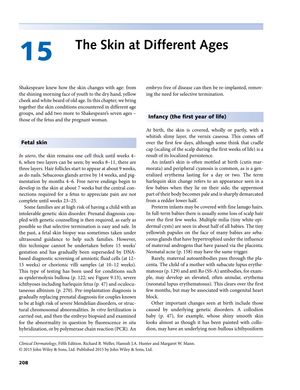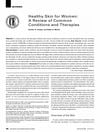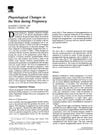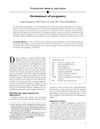The Skin at Different Ages
November 2014

TLDR Skin changes throughout life, from development before birth to aging effects like wrinkles, influenced by both genetics and environment.
The document outlines how skin conditions evolve from fetal development to old age, highlighting key changes at each life stage. Fetal skin progresses from a single cell layer to three layers with hair follicles, nails, and pigmentation developing before birth. Post-birth, infants experience changes like shedding of the vernix caseosa and neonatal acne. Childhood skin issues often stem from infections and infestations, while adolescence brings hormonal changes like acne and stretch marks. Adults face skin and hair changes related to menstrual cycles and work environments, and pregnancy can induce pigmentation and specific skin disorders. Middle age is associated with menopausal flushing and male-pattern baldness, and old age with skin atrophy, sagging, and wrinkling. The document also notes the importance of considering abuse when diagnosing skin conditions in young patients. It further explains that skin aging is influenced by intrinsic factors and extrinsic factors like sun exposure and smoking, which lead to changes in dermal collagen and the epidermis. The degree of photoaging varies by skin type, with Caucasians typically experiencing more changes than Africans and Asians. Skin diseases' prevalence varies with age, and both chronological aging and environmental factors contribute to skin aging.




